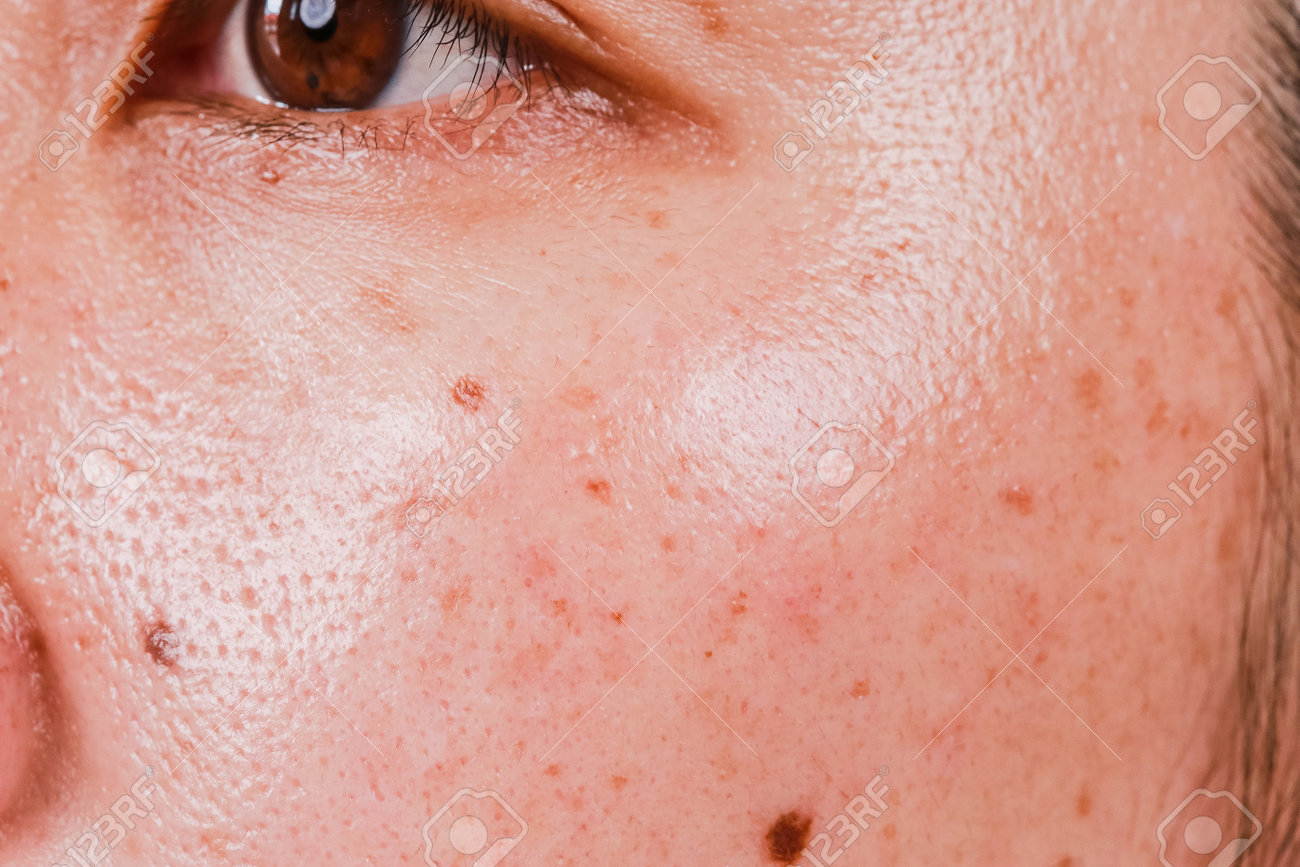How to Prevent and Treat Skin Problems in Midlife

How to Prevent and Treat Skin Problems in Midlife
Midlife, typically defined as ages 40 to 55, brings about many changes, and your skin is no exception. As you navigate this phase, understanding how to care for your skin can help you maintain a healthy and vibrant appearance. This article provides practical advice tailored to the needs and lifestyles of middle-aged individuals in the United States.

Understanding Skin Changes in Midlife
Several factors contribute to skin changes during midlife, including:
-
Hormonal Changes: Fluctuations in hormones, especially in women experiencing menopause, can lead to drier skin and loss of collagen, which results in sagging skin .7.
-
Reduced Oil Production: Sebaceous glands produce less oil as you age, leading to increased dryness .2.
-
Sun Exposure: Years of sun exposure can cause discoloration, age spots, and a breakdown of collagen and elastin, leading to wrinkles and a lackluster look .2 .5.
-
Lifestyle Factors: Improper nutrition, stress, and environmental factors can also contribute to premature aging of the skin .3.

Common Skin Problems in Midlife
Middle-aged skin is vulnerable to various skin disorders .3. Here are some of the most common:
-
Dry Skin: Skin becomes rough, tight, itchy, and uncomfortable due to decreased oil production and a weakened skin barrier .2.
-
Rosacea: An inflammatory skin disease causing redness, broken blood vessels, and acne-like bumps, typically found in fair-skinned adults .2.
-
Age Spots: Brown or black spots caused by UV radiation .3.
-
Wrinkles and Fine Lines: Result from the breakdown of collagen and elastin in the skin .5.
-
Acne: Middle-aged skin can still be vulnerable to acne breakouts, related to hormonal changes, stress, and other factors .3.

Prevention Strategies
Preventing skin problems in midlife involves adopting healthy skincare habits and lifestyle choices.
-
Sun Protection:
-
Limit Sun Exposure: Avoid direct sunlight between 10 a.m. and 2 p.m., when UV rays are strongest .3 .10.
-
Use Sunscreen: Apply a broad-spectrum sunscreen with an SPF of 30 or higher daily, even on cloudy days .3 .6 .10. Reapply every two hours, especially after swimming or sweating .3 .10.
-
Wear Protective Clothing: Wear a wide-brimmed hat, sunglasses, and clothing that covers your skin .3 .5.
-
-
Moisturization:
-
Gentle Cleansing:
-
Healthy Lifestyle:
-
Balanced Diet: Eat foods rich in vitamins C, E, B6, and B12 to support collagen production .3.
-
Hydration: Drink plenty of water to keep your skin hydrated .
-







